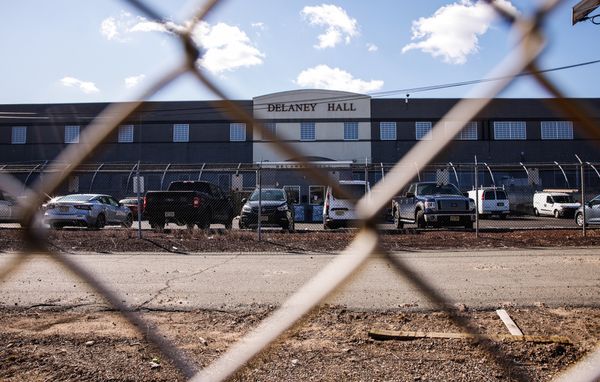An asteroid was found to have struck the Earth - less than two hours after it was discovered by experts.
Hungarian astronomer Krisztián Sárneczky first traced the fast-moving space rock at 7.24pm last Friday during observations at the Konkoly Observatory, Hungary.
Initially it was estimated that there was a one per cent chance of the asteroid - which was believed to have been a metre is diameter - hitting into the Earth.
Early observations suggested that an object of that size would burn up entirely in the Earth’s atmosphere.
Almost an hour after it was first discovered, the European Space Agency’s “Meerkat” monitoring system triggered an alert to the Near-Earth Object Coordination Centre (NEOCC).
This then put the chance of impact at 100 per cent, with the rock expected to smack into the Earth within the hour.
It is believed to have struck a remote location in the the north of Iceland at around 9.22pm that evening.
European Space Agency experts say that there is no conclusive visual or video detections of the fireball due to the remoteness of the location.
However, there was some evidence of impact - with activity traced by an international network of infrasound detectors.
Signals from the impact were detected from Iceland and Greenland, which suggested an energy release equivalent to toughly a magnitude 4.0 earthquake.
The asteroid was given the title of “2022 EB5”, as it became just the fifth known impactor observed in space before hitting the planet. It was also the first discovered from Europe.
It is estimated that around 40 to 100 tonnes of space material strike the Earth every day, usually in the form of very small particles.
Objects the size of 2022 EB5 are said to hit the Earth roughly ten times per year.
The European Space Agency say that only five have been detected since 2008. The recent discoveries have come amid a rapid growth in the technology available to astronomers.
Don't miss the latest news from around Scotland and beyond - Sign up to our daily newsletter here.







